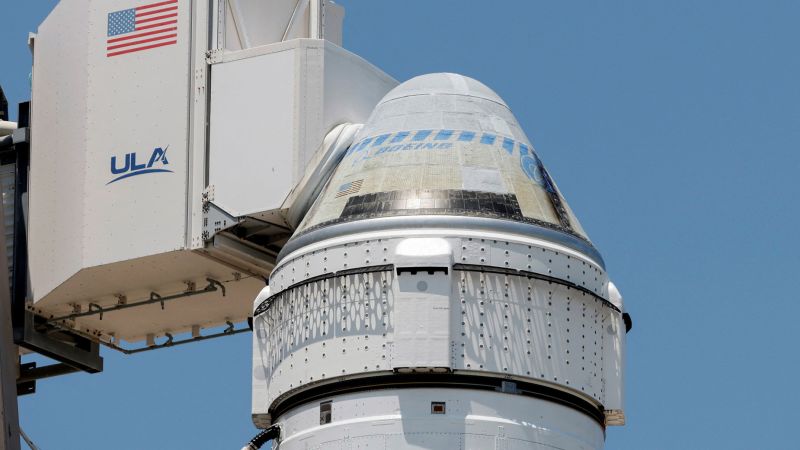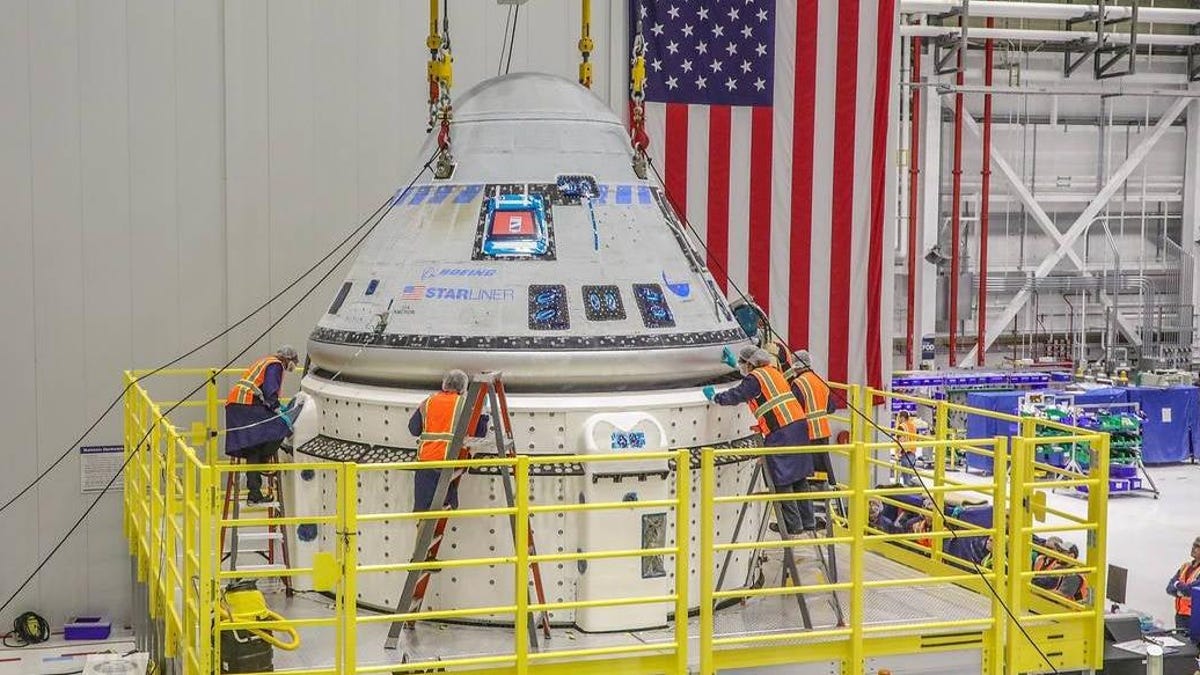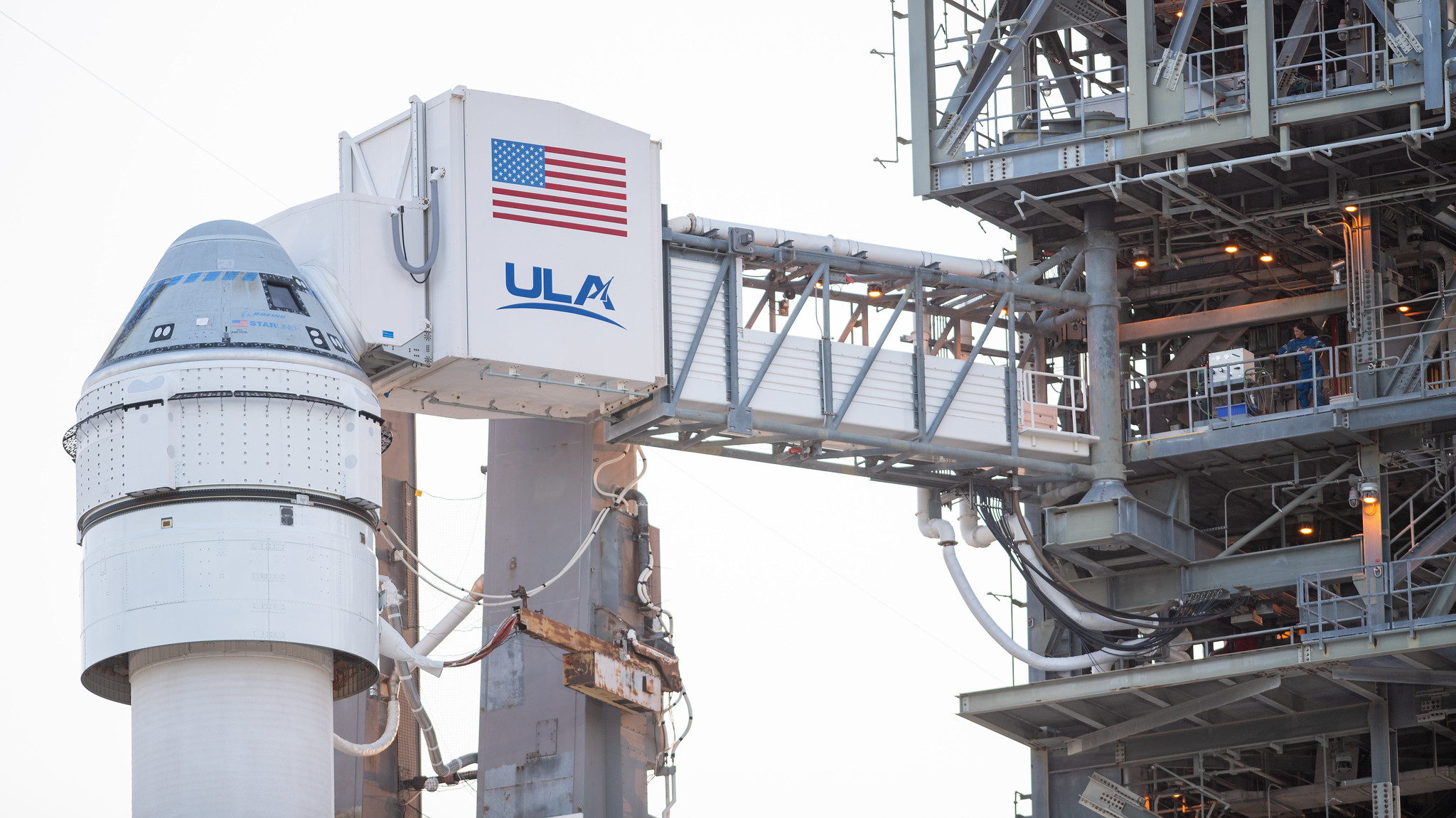
Boeing's long-awaited Starliner spacecraft mission faced another setback as a helium leak was discovered in the service module, delaying the launch for at least a week. The leak was traced to a flange on a single reaction control system thruster in the spacecraft. This is not the first time Boeing has encountered issues with its Starliner mission; previously, there was an anomaly with one of the rocket's pressure valves that required replacement.
The Starliner mission, which aims to carry NASA astronauts Suni Williams and Butch Wilmore to the International Space Station (ISS), was initially scheduled for May 17 but has now been rescheduled for no earlier than May 21 at 4:43 p.m. Eastern time on an Atlas V rocket from Cape Canaveral Space Force Station in Florida.
Boeing, NASA, and ULA teams are working diligently to address the helium leak issue and ensure the safety of the crewed test flight. The astronauts have returned to Houston to spend time with their families during this delay.
The Starliner mission marks a significant milestone in commercial space travel, as it represents Boeing's entry into NASA's Commercial Crew Program. This program aims to reduce the United States' reliance on Russia for crewed transportation to the ISS and pave the way for future manned missions beyond Earth.
Despite these setbacks, Boeing remains committed to delivering a successful Starliner mission and continuing its partnership with NASA and ULA. The company has a rich history in space exploration, having played a crucial role in numerous milestones throughout the Mercury, Gemini, Apollo programs, and the space shuttle era.
Stay tuned for updates on Boeing's Starliner mission as we bring you the latest developments.



